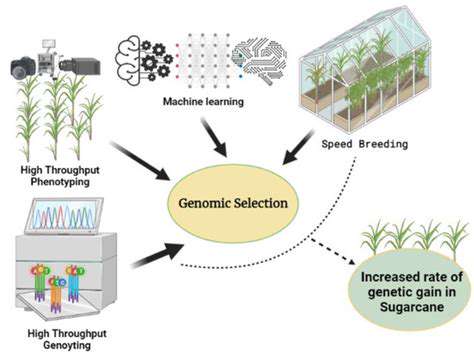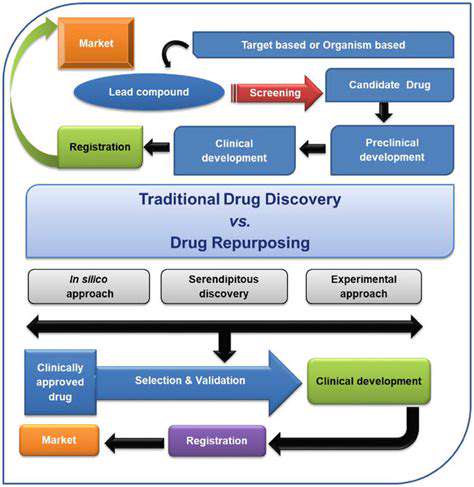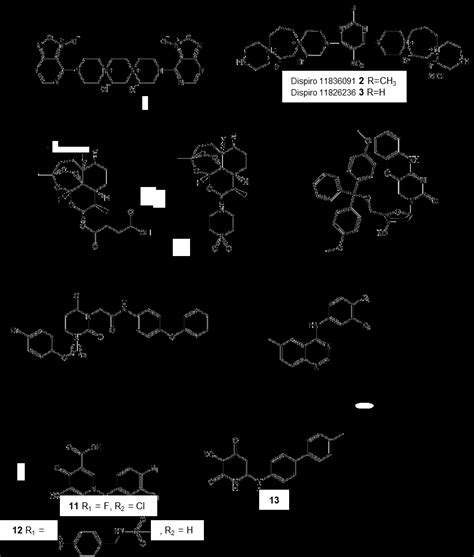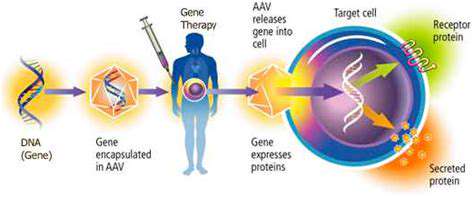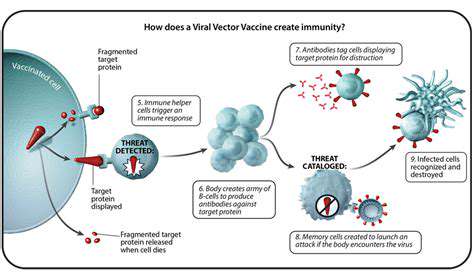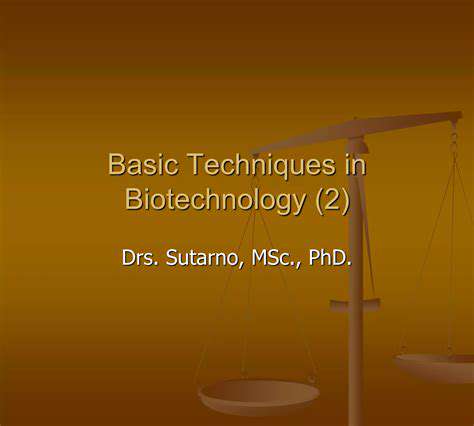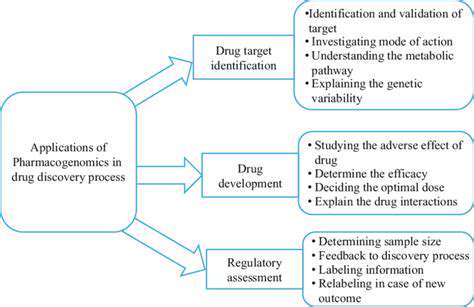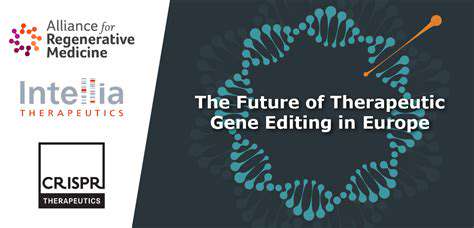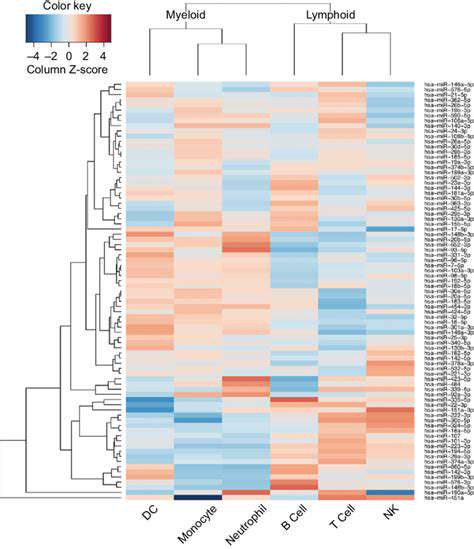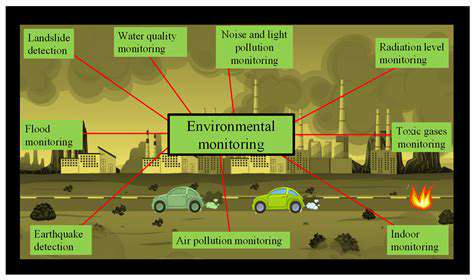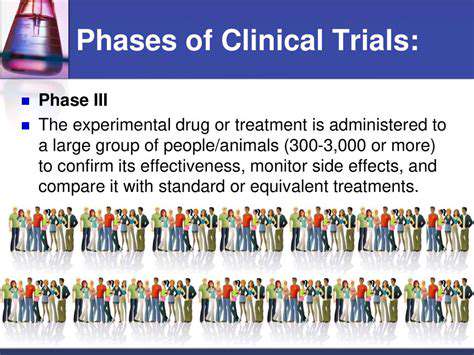
Mimicking Nature's Material Science in Sustainable Design
Nature has been a source of inspiration for innovative materials science for centuries. Biomimicry, the process of drawing inspiration from natural systems to solve human problems, is proving increasingly valuable in the development of sustainable materials. From the lightweight yet incredibly strong structure of spider silk to the self-healing properties of certain plants, nature offers a wealth of solutions to challenges in material science that often go unnoticed. These natural solutions can lead to new approaches in engineering, architecture, and manufacturing, potentially revolutionizing how we create and use materials in the future.
Studying and understanding the intricate mechanisms behind natural materials allows scientists to develop new synthetic materials with enhanced properties. This knowledge can be applied to various fields, from creating stronger and lighter building materials to designing more efficient and environmentally friendly packaging solutions. By understanding how nature has solved complex material challenges over millions of years, we can accelerate the development of sustainable and resilient materials for a more sustainable future.
Harnessing Natural Processes for Material Creation
Nature's processes are often far more efficient and sustainable than human-made ones. Mimicking these processes can lead to the creation of materials with unique characteristics, such as enhanced durability, self-healing capabilities, or improved biodegradability. For example, the way certain plants repair themselves after injury could inspire the development of self-healing concrete, which could significantly reduce maintenance costs and environmental impact.
Moreover, understanding how natural materials respond to environmental factors can lead to the development of more sustainable and adaptable materials. This knowledge can be used to create materials that are resistant to degradation from UV light, weathering, or other environmental stresses. This is crucial for creating long-lasting and durable structures in various applications, from construction to transportation.
The Potential of Bio-Inspired Materials in Modern Engineering
The potential applications of bio-inspired materials in modern engineering are vast and varied. From creating lightweight and strong components for aerospace and automotive industries to developing biocompatible materials for medical implants, the possibilities are limitless. By understanding the intricate structures and functionalities of natural materials, we can engineer new solutions that are not only efficient and sustainable but also aesthetically pleasing and highly adaptable to various environments. The use of bio-inspired materials could significantly reduce the environmental footprint of various industries, promoting a more circular economy.
The development of bio-inspired materials is crucial for addressing the growing demand for sustainable and innovative solutions in various sectors. By learning from nature, we can create a future where materials are designed and manufactured with the environment in mind, paving the way for a more sustainable and resilient world.
Ethical Considerations and Future Directions
Ethical Implications of Bio-Inspired Design
Synthetic biology, while offering exciting possibilities for bio-inspired design, also raises critical ethical considerations. The potential for unintended consequences, particularly in the realm of genetic engineering, necessitates rigorous safety protocols and careful consideration of potential risks. This includes the development of robust regulatory frameworks to ensure responsible development and application of these technologies, preventing misuse and safeguarding human health and the environment. The ethical implications extend beyond the laboratory, encompassing societal impacts and the potential for exacerbating existing inequalities.
One key ethical concern is the potential for the creation of novel organisms with unpredictable behaviors. Careful monitoring and long-term studies are crucial to understanding the full impact of these designs on ecosystems and public health. Transparency and public engagement throughout the research and development process are essential to address concerns and build trust.
Potential Applications in Medicine
Bio-inspired design holds immense promise for revolutionizing medicine, offering new approaches to drug delivery, tissue engineering, and personalized therapies. Imagine bio-engineered scaffolds that precisely stimulate tissue regeneration, potentially eliminating the need for organ transplantation and minimizing complications. These innovative designs also open possibilities for personalized medicine, tailoring treatments to individual genetic profiles and disease states for enhanced efficacy and reduced side effects.
Environmental Sustainability through Bio-Inspired Solutions
Bio-inspired design offers a powerful toolkit for addressing environmental challenges. Mimicking natural processes and structures can lead to the development of more sustainable materials, improved bioremediation technologies, and enhanced energy production systems. By leveraging the efficiency of natural processes, we can potentially create more environmentally friendly and sustainable alternatives to existing technologies, contributing to a more harmonious relationship with the environment.
For instance, bio-inspired materials could be employed in construction, resulting in structures that are both durable and eco-friendly. This approach could significantly reduce our environmental footprint and contribute to a greener future.
Societal Impact and Public Perception
The societal impact of synthetic biology and bio-inspired design warrants careful consideration. Potential applications in agriculture, industry, and medicine could significantly alter existing economic structures and employment landscapes. Public engagement and education are crucial to fostering a nuanced understanding of these technologies, addressing concerns, and promoting informed decision-making. Open dialogue between scientists, policymakers, and the public is essential to navigate the complex ethical and social challenges that these innovations pose.
Regulatory Frameworks and Oversight
Robust regulatory frameworks are necessary to guide the development and application of synthetic biology for bio-inspired design. Clear guidelines and standards are needed to ensure safety, prevent misuse, and promote responsible innovation. International collaboration is crucial to establish consistent standards and address the global implications of these technologies. This necessitates ongoing dialogue between scientists, policymakers, and ethicists to create a framework that balances innovation with safety and ethical considerations.
Collaboration and Interdisciplinary Research
Successful implementation of bio-inspired design requires interdisciplinary collaboration. Scientists, engineers, ethicists, policymakers, and the public must work together to address the challenges and opportunities presented by this field. Collaboration across different disciplines will foster a more holistic understanding of the potential impacts, both positive and negative, of these technologies. This interdisciplinary approach is essential for navigating the complex ethical and societal implications of synthetic biology.
Future Directions and Research Priorities
Future research should prioritize the development of robust safety protocols and ethical guidelines for synthetic biology applications. Long-term monitoring and evaluation of the environmental and societal impacts of these technologies are essential to mitigate potential risks. Additionally, funding for interdisciplinary research and public engagement initiatives should be increased to foster a more nuanced understanding and address the complex challenges that these technologies present. The future of bio-inspired design relies on a collaborative and proactive approach to research, development, and implementation.
